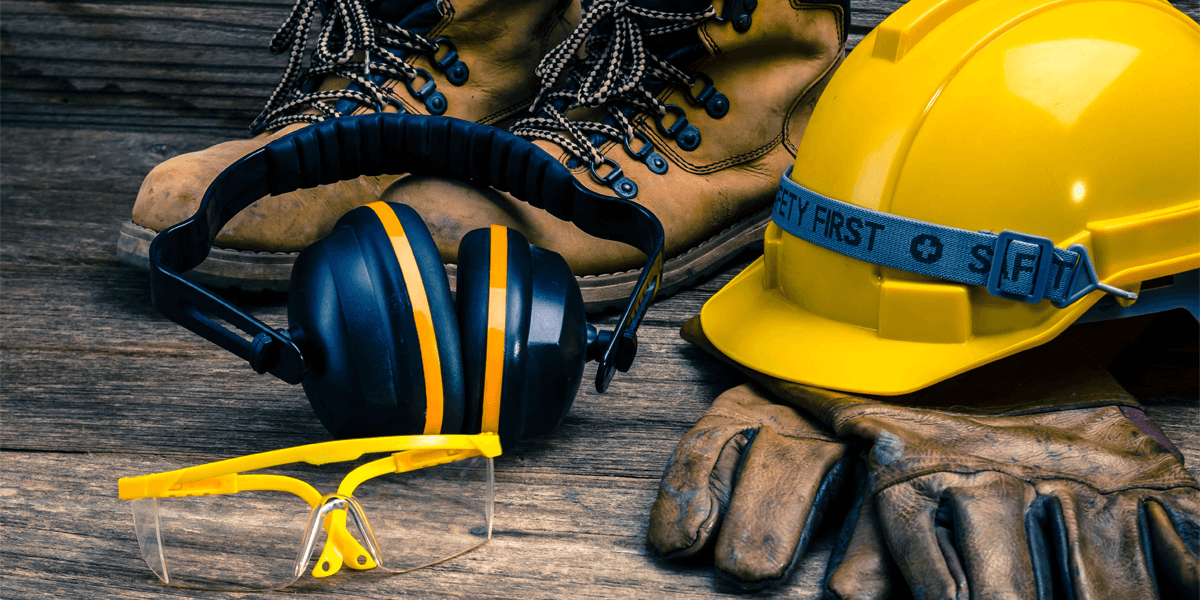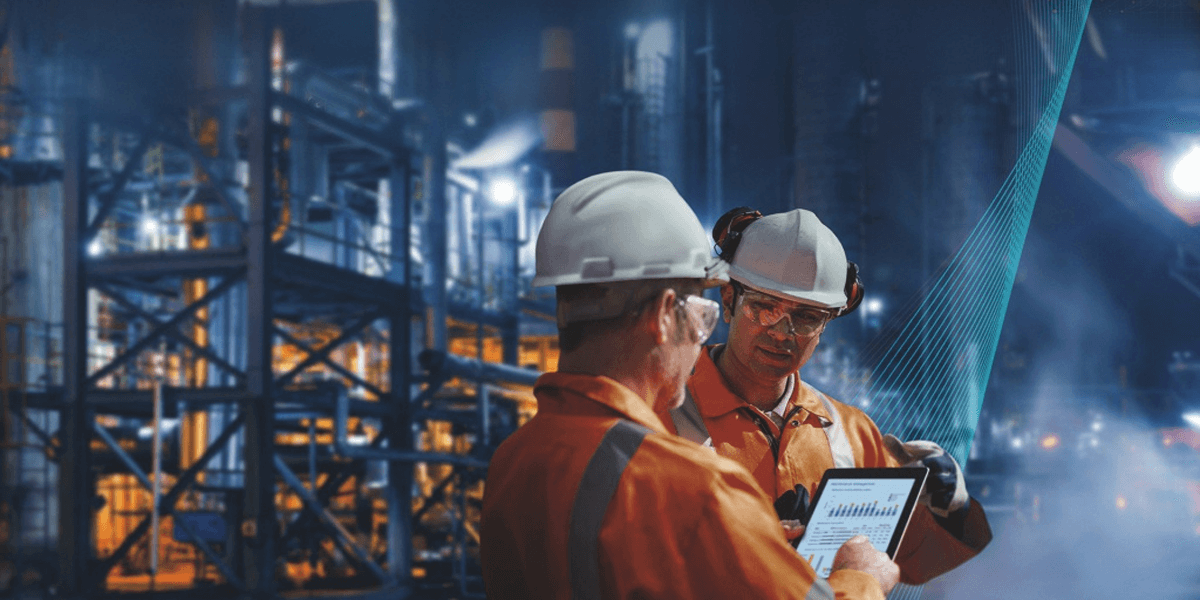
Table of Contents
Introduction
Ergonomics is a term that involves designing and creating a workplace that enhances the efficiency and productivity of employees. This design involves doing everything to reduce injuries and ensure a comfortable workplace environment.
Steve Jobs once said, ” Design is not just what it looks like, Design is how it works.”
Jobs gave this statement in relation to Apple. But if we look at it closely, it stands true for many things.
Let us consider a chair, for example. If a chair looks extremely good but is not comfortable to sit in, it is of minimal use. Thus, the Design should look great but also work excellently; that is when it is a success.
Well, thanks to Steve Jobs and many other thought leaders for their insights, which can help us get a closer look at ergonomic safety and understand the facts about ergonomics.
What does Ergonomics actually mean?
Ergonomics is fitting a job according to a person. Basically, it means providing an environment to a person with less or no physical exertion.
For example, providing comfortable furniture to a person doing office work, proper equipment for heavy lifting, proper training to use the machinery, and more are all part of ergonomics.
Did you know that musculoskeletal, back, and joint pain is one of the top reasons employees call in sick, after the flu? Therefore, it is high time that organizations put in all the efforts to provide a safe and healthy workplace.
But when it comes to ergonomics, there are common facts and myths that organizations or individuals have. Having said that, we are here to break down five facts about ergonomics and give you the facts so you can genuinely care about your employees’ health.
Interesting Facts about Ergonomics
Myth: Ergonomics is all about furniture (The Furniture Myth)
You must have heard the statement, “Yes, our office is ergonomics-friendly. We have all the necessary chairs, tables, and workstations designed accordingly.”
Proper furniture is a part of ergonomics but not the whole ergonomic system.
Ergonomics means providing minimum physical strain at a workplace. It includes providing proper furniture, stress management programs, physical activities, noting an employee’s health, and much more.
Myth: Correct Posture is Ergonomics
Again, sitting, standing, or working in the correct posture and maintaining the physical activity protocols is a part of ergonomics. But again, posture must be supported with the proper furniture, equipment, and regular breaks. Sending periodic reminders about doing stretches and taking breaks from the same physical posture is also a part of ergonomics.
Myth: One Size Fits All
Every person is unique. Thus, every individual has different workplace physical needs. The same exercise regime, stress program, and furniture may not suit all. Therefore, there must be a certain kind of personalization for every person considering ergonomics.
Myth: Ergonomics culture is expensive
If you have read the above myth, you might think that personalised programs, types of furniture, and health programs for every team member sound like expensive things. But the honest truth is that It Is Not!
There are ergonomics companies that make industry and work-specific ergonomics. Designing and giving you practical ergonomics is not difficult if they study your work culture.
Additionally, it is not about furniture. It is about promoting the best and healthy culture.
Myth: Ergonomics Eliminates Back and Joint Pain
Ergonomics promises a healthy work culture, but it does not mean that it will completely eliminate the employees’ joints, muscles, or back pains.
Ergonomics ensures that the work environment is safe and pushes towards a healthy lifestyle. It involves workers being safer and more vigilant through regular ergonomics assessments.
For example, a contractor who works on an industrial site needs to walk a lot. These extended hours of walking can cause multiple body aches. So, to reduce the pain, the contractor must be reminded to take adequate rest, drink more fluids, and wear comfortable shoes. These things will ease their pain and ensure that the body is not getting physically pushed beyond limits.
And You Know It
To understand ergonomic principles, myths need to be clarified, and actual facts need to be implemented. This not only enhances workplace productivity but escalates employee safety to new heights.
Employees will take holidays, but those will be for leisure and rejuvenation, not because the workplace causes them musculoskeletal disorders or any other injury. Such happy workers resume their jobs willingly and happily after holidays! Thus, ergonomics helps with employee retention, too.
We have explained that ergonomics is more than objects and practices at a workplace. It definitely is a compilation of everything that needs to be physically comfortable, convenient, and healthy!



